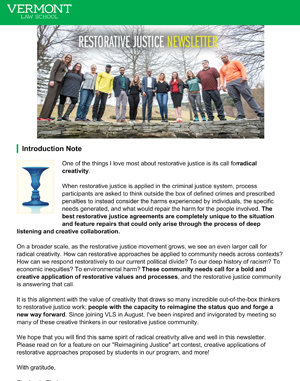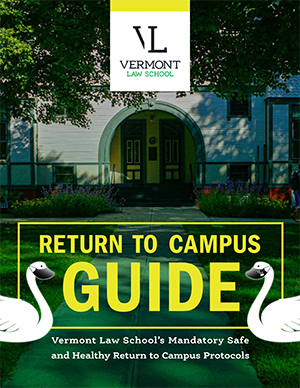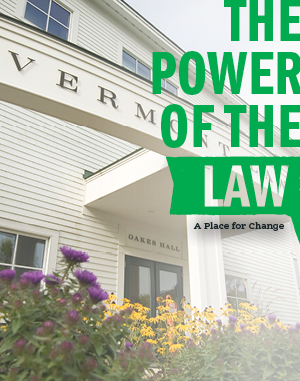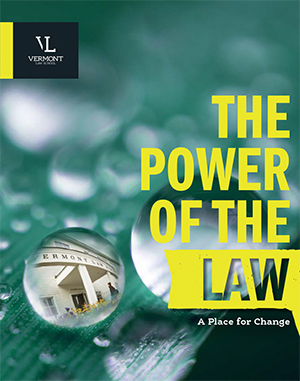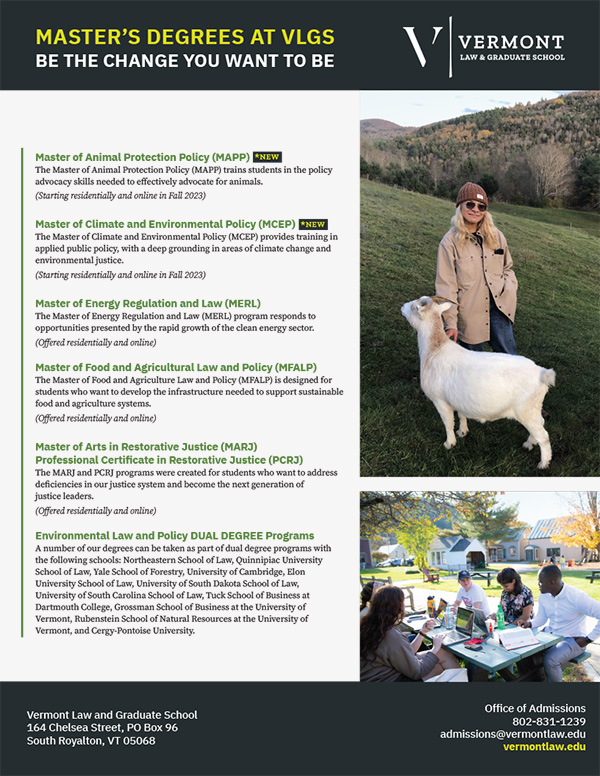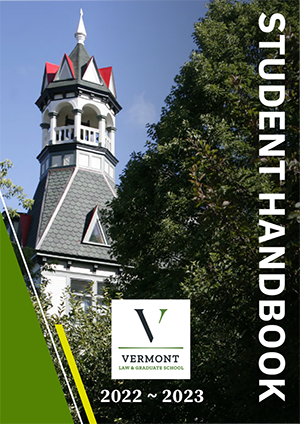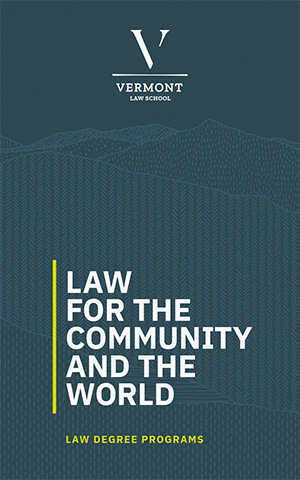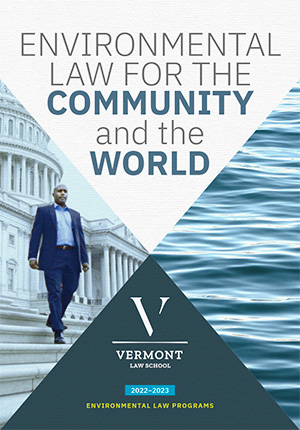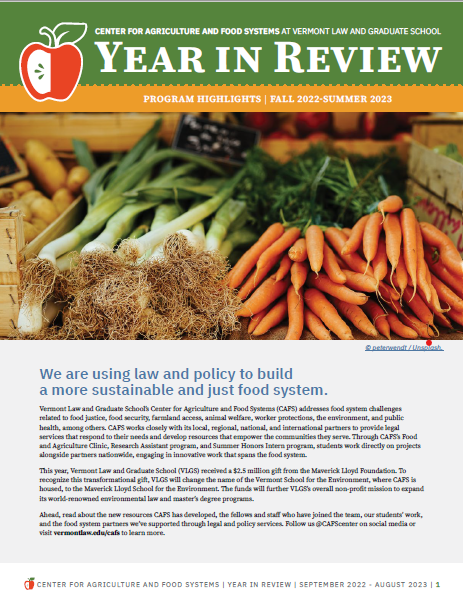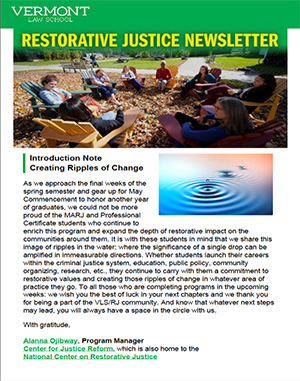The Vermont Journal of Environmental Law (VJEL) at Vermont Law School is proud to announce the publication of a timely new set of information and perspectives on the Lake Champlain restoration plan recently approved by the United States Environmental Protection Agency (EPA) under the federal Clean Water Act.
In June the EPA issued a document referred to as a Total Maximum Daily Load (TMDL) that assigns responsibility to landowners, farmers, and businesses for reducing the levels of phosphorus they are responsible for introducing into Lake Champlain. The "Lake Champlain Edition" of the Vermont Journal of Environmental Law (Volume 17, Issue 4) provides helpful and interesting insights into the scientific, policy and legal implications of this groundbreaking plan.
Editors Trey Martin, deputy secretary of the Vermont Agency of Natural Resources, and David Mears, VLS vice dean and professor of law, are joined by an impressive array of scientists, government officials, policy experts and attorneys in presenting a top-to-bottom analysis of the TMDL.
"The 'Lake Champlain Edition' of the Vermont Journal of Environmental Law is a must-read for anyone who wants to understand how science, policy and law are intertwined in the efforts by the state, the EPA and the many Vermont businesses, citizens and farmers who are working to restore Lake Champlain," Mears said.
The Vermont Journal of Environmental Law "Lake Champlain Edition" is available online at vjel.vermontlaw.edu. For more information about the issue, including obtaining a printed copy, email VJEL Editor-in-Chief Joseph Simpson at josephsimpson@vermontlaw.edu. VJEL plans to produce copies for sale and distribution if there is sufficient demand.
The Vermont Journal of Environmental Law's mission is to provide an accessible forum to discuss contemporary environmental legal issues. VJEL publishes articles authored by academics, practitioners, and students alike. In selecting articles, VJEL editors recognize that environmental issues are inexorably linked with many other areas of law and seek to encompass a broad range of viewpoints and attitudes. In addition to publishing quarterly issues and hosting symposiums, VJEL reaches national audiences through its annual Top 10 Environmental Watch List. For more information about the Vermont Journal of Environmental Law, visit vjel.vermontlaw.edu.
###
Vermont Law School, a private, independent institution, is home to the nation's largest and deepest environmental law program. VLS offers a Juris Doctor curriculum that emphasizes public service; three Master's Degrees—Master of Environmental Law and Policy, Master of Energy Regulation and Law, and Master of Food and Agriculture Law and Policy; and four post-JD degrees —LLM in American Legal Studies (for foreign-trained lawyers), LLM in Energy Law, LLM in Environmental Law, and LLM in Food and Agriculture Law. The school features innovative experiential programs and is home to the Environmental Law Center, South Royalton Legal Clinic, Environmental and Natural Resources Law Clinic, Energy Clinic, Food and Agriculture Clinic, and Center for Applied Human Rights. For more information, visit vermontlaw.edu, find us on Facebook, and follow us on Twitter.





